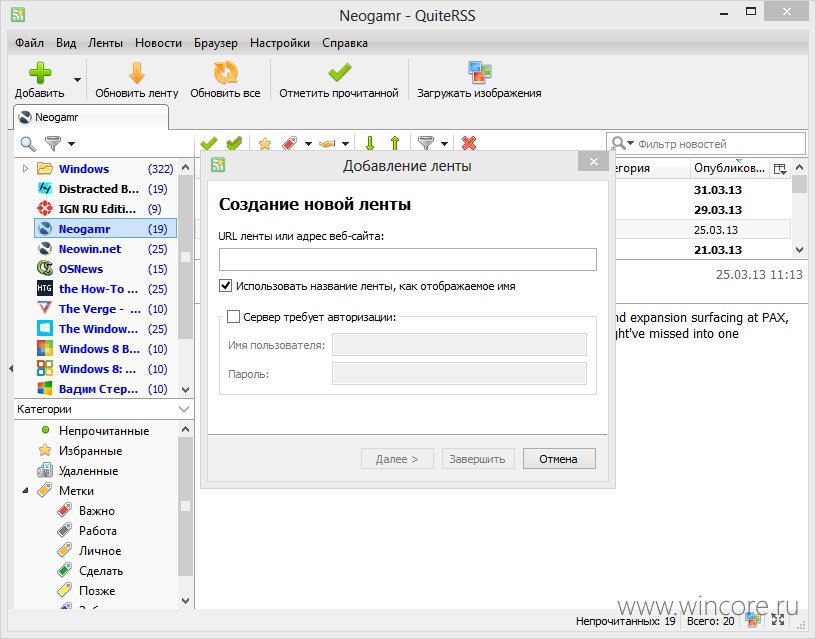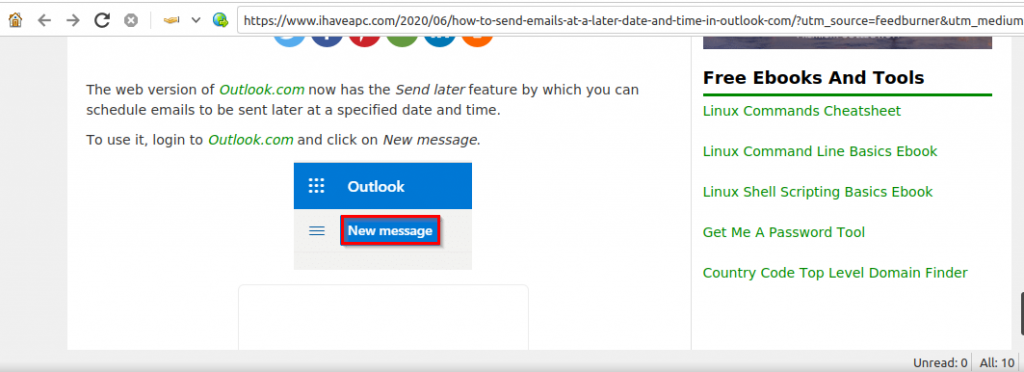
The reader uses the standard system browser, although you can enable a different browser if required. QuiteRSS can also play back content in an external browser. QuiteRSS also comes with an ad blocker that uses generally accessible filter lists and can be supplemented with your own filters. Users can also look forward to a built-in browser based on WebKit, which quickly displays the desired content.
#Quiterss data file software
The software displays multiple messages in tabs. The reader can handle RSS, RDF, and Atom feeds, and it imports and exports OPML data. QuiteRSS has a conventional user interface with a buttonbar and three window areas, which clearly display all necessary information ( Figure 9).įigure 9: The still fairly young QuiteRSS reader also uses a conventional design. Russian feed reader QuiteRSS, which has been developed continuously since 2012, is still available in a few software repositories, but it is easiest to obtain from the project page. Group folders generally appear in the left tree view in an ochre yellow tone instead of pastel blue and can therefore be distinguished from search folders at a glance.

If you have created several group folders, you can enable the desired folder in a fly-out menu.

You can then add messages to the collective folder by right-clicking on the message and selecting the Copy to group folder option.

It is then added at the current position in the folder structure tree, but it can be moved to another position later by dragging and dropping. You can create a group folder with Subscriptions | New group folder.
#Quiterss data file update
However, the software does not update these folders automatically.
#Quiterss data file archive
Group folders archive important messages in Liferea. Any messages found then appear in the list view sorted by feeds ( Figure 8).įigure 8: Liferea works with search folders to collect topic-specific messages. Right-clicking on the newly created folder and selecting the Create new option lets you search all subscriptions for the terms. The next dialog determines the search criteria. The folder can then be inserted into the tree view at any position in the hierarchy. You create a new search folder with Subscriptions | New search folder. All matches for a search run are moved into this directory the extended search dialog can be opened from the context menu with a right-click. Much like the Gnome Evolution mail client, Liferea uses search folders. Liferea also lets you mark particularly important messages with a tag that can also be used as a search criterion. Liferea not only browses the headlines, but also, for example, the subscription titles.Īdditionally, the Read status can be defined as a rule you can even combine several freely defined rules. In an intuitive search dialog, you can specify the actual search term, as well as any inclusion and exclusion criteria using advanced settings. Liferea has a sophisticated search function that you enable by selecting Search | Browse All Feeds from the menu or by pressing the Browse All Feeds button in the buttonbar. Because the program lets users open several tabs simultaneously, you can have a text and browser view at the same time in the individual tabs. Right-clicking on a message opens the context menu, and you can decide to open it in an internal or external browser. If you don't like the fact that the internal browser doesn't have an effective ad blocker, you can use an external browser, which you define individually in the Settings dialog of the software. The application, based on the Gtk+ component library, has an internal WebKit-based browser to display content, including multimedia objects such as video sequences. Figure 7: Liferea displays content in a conventional layout.


 0 kommentar(er)
0 kommentar(er)
